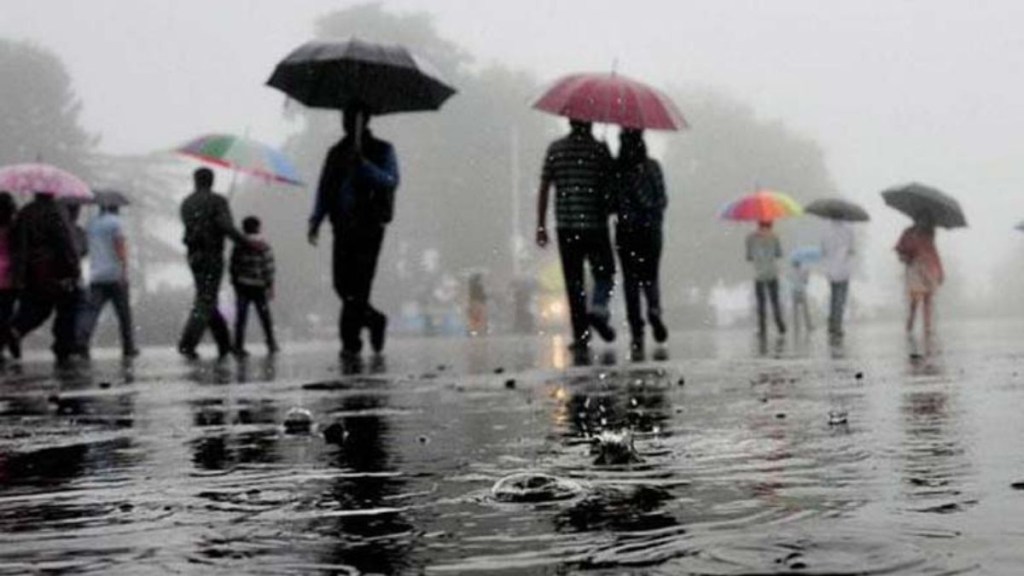The India Meteorological Department (IMD) on Friday announced that conditions are becoming favourable for withdrawal of southwest monsoon from the country by around September 25, signalling the end of its four-months (June-September) journey.
While predicting a reduced rainfall activity over northwest and adjoining west central India during next five days, the met department predicted heavy rainfall over Bihar, Jharkhand, sub-Himalayan West Bengal and Sikkim and over northeast India during next two days.
Rains are seen to withdraw from west Rajasthan, where it last occur in the country.
During monsoon season, the country receives more than 75% of the annual rainfall, which plays a crucial role in boosting kharif or summer crops — paddy, pulses, oilseeds, cotton and sugarcane production. The complete withdrawal of the monsoon usually takes about a month.
The southwest monsoon after onset over Kerala coast in early June covers the entire country by July. The monsoon rains start gradually receding from the north region from the middle of September.
The cumulative monsoon rainfall received in all the four regions during June 1 – September 22 was 780 mm, which is 6% below the benchmark – long period average of 832 mm for the same period.
However, the distribution of rainfall has been rather uneven. The rainfall deficiency in the east and northeast and south peninsula have been 19% and 10% respectively so far, the northwest India and central India have received 2% and 1% more rainfall than LPA.
Key rice growing states which have received deficiency in rainfall include Uttar Pradesh (-15%), Bihar (-28%), Jharkhand (-29) and West Bengal (13%) so far against the benchmark.
“The paddy dependent area of the eastern region, rainfall has been less and it was around 50% less against the benchmark till the end of July. In August-September, this area received rains and now the deficiency in these areas have been reduced to 20% of the normal benchmark,” Mrutyunjay Mohapatra, director general, IMD, told FE.
Meanwhile, the area under paddy has crossed last year and last five years average, at 41.15 million hectare (MH) as per the agriculture ministry statement on Friday. Despite higher paddy acreage, yield could get impacted because of patchy rainfall in key paddy growing regions.
The harvesting of paddy officially commences on October 1.
The pulses sowing has declined by 4.6% on year and 12.2% in the last five years which would lead to fall in output. Oilseeds area is marginally down on year and up a shade above 5 year average this season.
The overall kharif crops area has been just above last year and last 5-year average at 110.29 MH. Officials said that the kharif sowing activities have been largely completed across the country.
India’s foodgrain production rose by 5% on year to a new record of 330.5 million tone (MT) in the 2022-23 crop year. The target for 2023-24 is marginally higher at 332 MT.
Meanwhile, Mohapatra said that monsoon rainfall is likely to be in the normal range at 96% of benchmark with error % of +/- 4% as predicted in the met department’s forecast in May.
IMD classifies ‘normal’ rainfall between 96% and 104% of LPA. Rainfall between 90%-95% is considered ‘below normal’ while precipitation below 90% of LPA is termed ‘deficient’.
Rainfall received between 104%-110% of benchmark fall in the ‘above normal’ category while volume of rainfall above 110% of LPA is referred to as ‘excess’. The LPA is average rainfall received during 1971-2020 at 87 centimetres.
